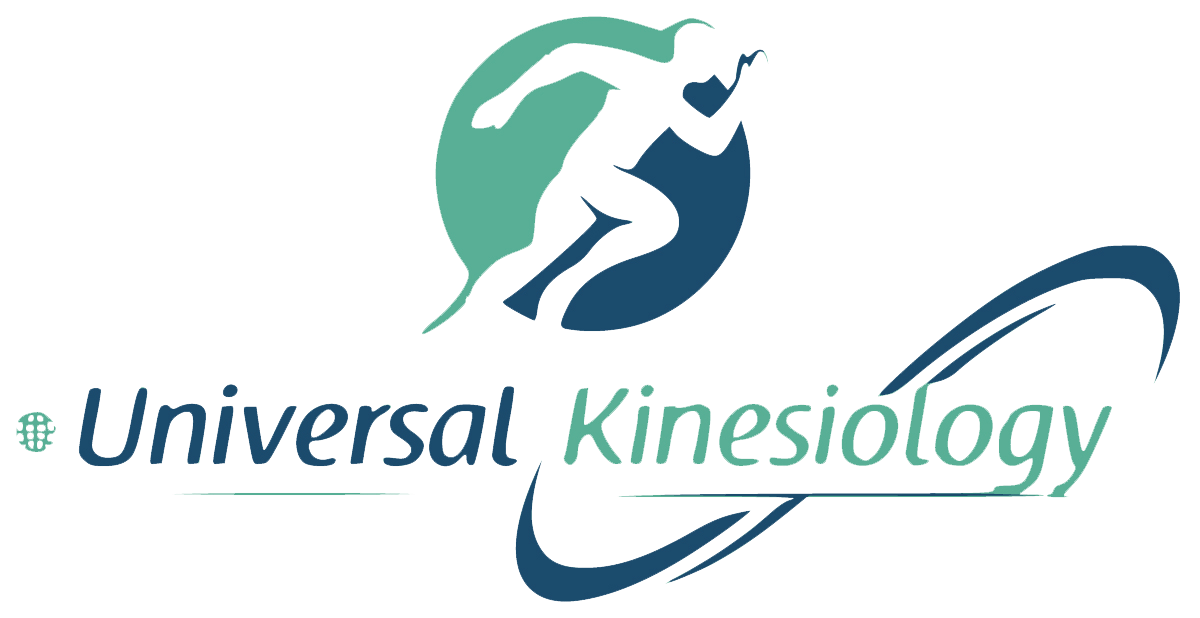Hi there!
In the previous article, we defined what is hypertension and we talked about the benefits of physical exercise to control and treat this condition.
But, what type of exercise is recommended to manage hypertension? You might think that aerobic exercise is the best, but we’ll see that it is not the only one.
As the current literature suggests, aerobic exercise training, dynamic resistance exercise and concurrent exercise training (meaning the combination of dynamic resistance and aerobic exercise training in the same session or on separate days) are effective antihypertensive therapies. All these training types, in a distinctive but similar way, permit to reduce both systolic blood pressure (SBP) and diastolic blood pressure (DBP):
- Aerobic exercise on average can reduce SBP of -8.3 mmHg and DBP of – 5.2 mmHg;
- Dynamic resistance exercise on average can reduce SBP of -5.7 mmHg and DBP of -5.2 mmHg. The greater reductions in SBP were observed in performing eight or more resistance exercises per session, while the greater reductions in DBP were achieved in adults who performed three or more dynamic resistance exercise sessions per week;
- Concurrent exercise training on average can reduce SBP of -9 mmHg and DBP of -7.7 mmHg.
Recent scientific researches showed that also isometric exercise training could reduce significantly BP, representing a valid alternative to hypertensive patients that cannot perform aerobic or resistance exercise programs.
Particularly, isometric exercise training on average reduces SBP and DBP of – 4.5 mmHg.
The greater reductions in SBP were observed in studies that used upper limb isometric resistance exercise than those studies which used lower limb isometric resistance exercise.
Also, unilateral isometric resistance exercise was superior to bilateral exercise in reducing SBP. However, the potential benefit of isometric exercise in reducing high BP needs to be confirmed in future randomized controlled trials.
Suggestion for creating a correct training program in hypertensive subjects
Depending on the individual’s goals, the effects of exercise training may change with different exercise modalities and dosage parameters. For this reason, the F.I.T.T. principle (Frequency, Intensity, Time, Type) will be followed.
Here is reported an example of F.I.T.T. components applied to hypertension:
-F: how often should you train?
It is recommended aerobic exercise on most, if not all, days of the week plus dynamic resistance exercise on 2/3 times per week.
This frequency is important because BP is lower on the days people exercise compared to the days they do not exercise. Besides, adults with hypertension are often overweight or obese, so a high frequency of training is needed to achieve the caloric expenditure required for weight loss and its maintenance.
-I: how hard should you train?
It is recommended moderate-intensity aerobic exercise (40 to < 60 % VO2max, that is the maximum oxygen consumption in the unit of time) and moderate intensity dynamic resistance exercise (60 % to 80 % 1-RM, that is the maximum weight that a person can lift in one repetition).
According to new studies, more vigorous levels of exercise should lower blood pressure more than lower levels of exercise in adults with hypertension. However, further studies are needed to better establish the benefits and risks of more rigorous levels of physical exertion.
-T: how long should daily training session last?
Aerobic exercise should be performed for 30 to 60 min per day, while dynamic resistance exercise should consist of two to three sets of 10 to 12 repetitions for 8 to 10 exercises that include the major muscle groups of the upper and lower body. The total duration should be 150 minutes or more per week. Because the time to exercise is often a major problem to starting a regular exercise program, shorter exercise bouts throughout the day (i.e. at least 10 min to total 30 min or more) can represent an important option of training for adults with hypertension.
-T: what kind of exercise should you do?
It is recommended aerobic exercise (walking, jogging, cycling, swimming) supplemented by resistance exercise (free weights, machine weights, resistance bands).
Progression should be gradual, avoiding large increases of F.I.T.T. components, especially intensity. Furthermore, exercise should also consider the level of BP control, recent changes in antihypertensive drug therapy, training and medication-related adverse effects, and the presence of comorbidities.
References
Susana Lopes, José Mesquita-Bastos, Alberto J Alves, Fernando Ribeiro (2018). Exercise as a tool for hypertension and resistant hypertension management: current insights. Integrated Blood Pressure Control, 11: 65-71;
Linda S. Pescatello, Hayley V. MacDonald, Lauren Lamberti, and Blair T. Johnson (2015). Exercise for Hypertension: A Prescription Update Integrating Existing Recommendations with Emerging Research. Current Hypertenions Reports, 17(11): 87;
Edited by
Dott. Luca Rotundo



Commenta con Facebook